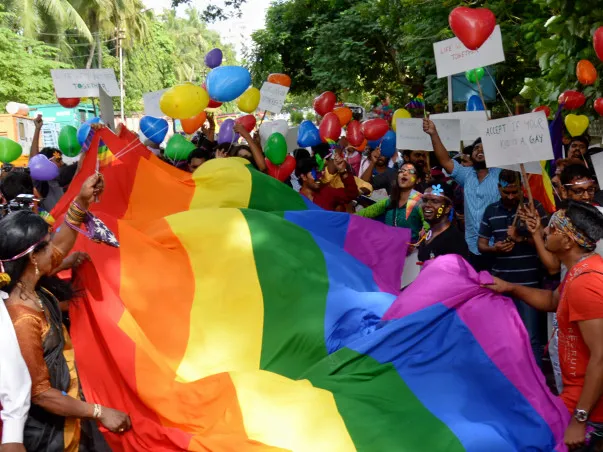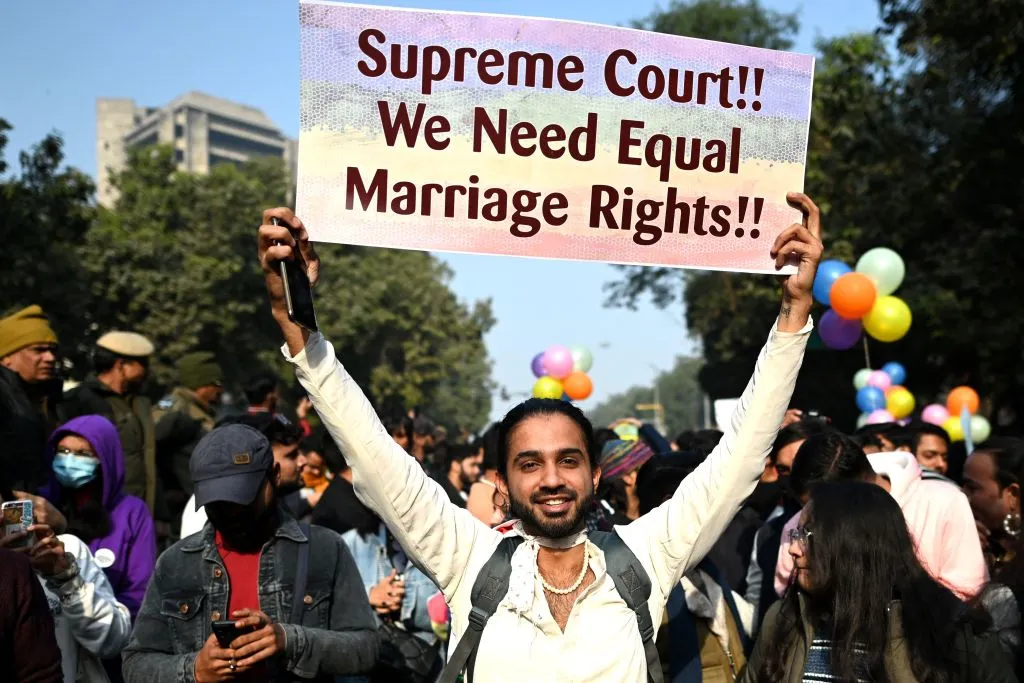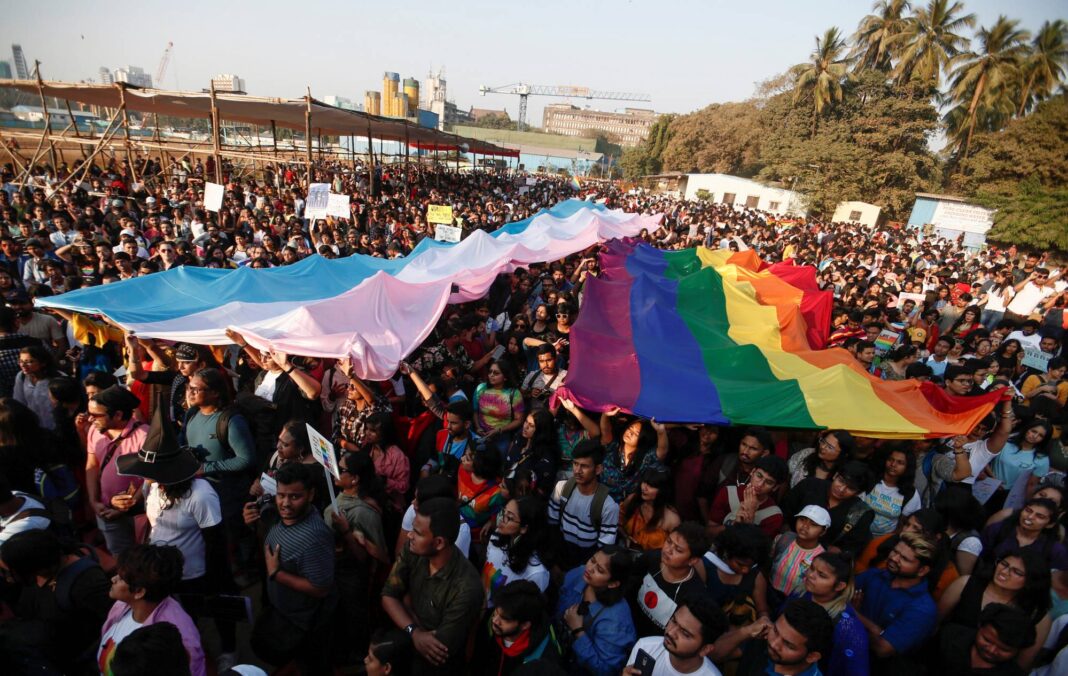A timeline towards decriminalizing homosexuality and right to same-sex marriage in India
The LGBTQ community suffered a huge setback in December 2013, when the Supreme Court overturned the Delhi High Court’s decision, ruling that section 377 “does not suffer from the vice of unconstitutionality and the declaration made by the division bench of the high court is legally unsustainable.”
In June 2016, Navtej Singh Johar, an award-winning Bharatanatyam dancer, along with four other prominent Indians, including chef Ritu Dalmia and hotelier Aman Nath, filed a writ petition in the Supreme Court challenging Section 377.
In August 2017, when a nine-judge Supreme Court bench was hearing Petitioning against India’s biometric plan Aadhaar unanimously declares that privacy is a fundamental right. In the same judgment, the court also stated in the same decision, “Sexual orientation is an essential attribute of privacy. Discrimination based on sexual orientation is extremely disrespectful to an individual’s dignity and self-worth,” increasing the hopes of those working against Section 377.
A central government waiver left the determination of the validity of the section to the court’s discretion. The Supreme Court opted to postpone its decision. On 6th September 2018, the Supreme Court ruled unanimously to repeal Section 377, which Chief Justice Misra defines as “irrational, indefensible, and manifestly arbitrary,” bringing a triumphant end to a long campaign for justice. The Supreme Court finally struck down a 19th-century law criminalizing homosexuality in India. It was a landmark judgment and a significant step forward for LGBT rights in India. However, advocates point out that even after five years, there is still a long way to go in changing cultural perceptions.

Queer communities took to the streets, danced in front of the Supreme Court, and marched around the country wearing pride colors and celebrating the judgment. The road to seeking the legalization of same-sex marriage has been a quick one.
Fight for same-sex marriage
The Supreme Court on Monday, March 13, 2023, heard the pleas seeking recognition of same-sex marriage by a five-judge constitution bench. According to the petitioners’ lawyers, marriage is a union of two persons, not merely a man and a woman. They have argued that laws should be modified to reflect that marriage ideals have evolved through time and that same-sex couples wish for marriage to be respected.
On April 18, scores of petitions from LGBTQ couples and campaigners were presented to the country’s highest court as part of a collective case contending for LGBTQ people’s right to marry and equality under the law.

The case involves not only marriage but also the rights of same-sex couples to adopt children and their families to have the same rights as heterosexual parents. The national commission for the Protection of child rights, in a submission to the Supreme Court, stated that “allowing adoption to same-sex couples is akin to endangering the children.” It is the most significant challenge to the gay rights status quo since 2018.
Same-sex marriages are not as universally recognized in Asia as they are in the West. And if India legalizes same-sex marriage, it would be the 33rd country to do so.

